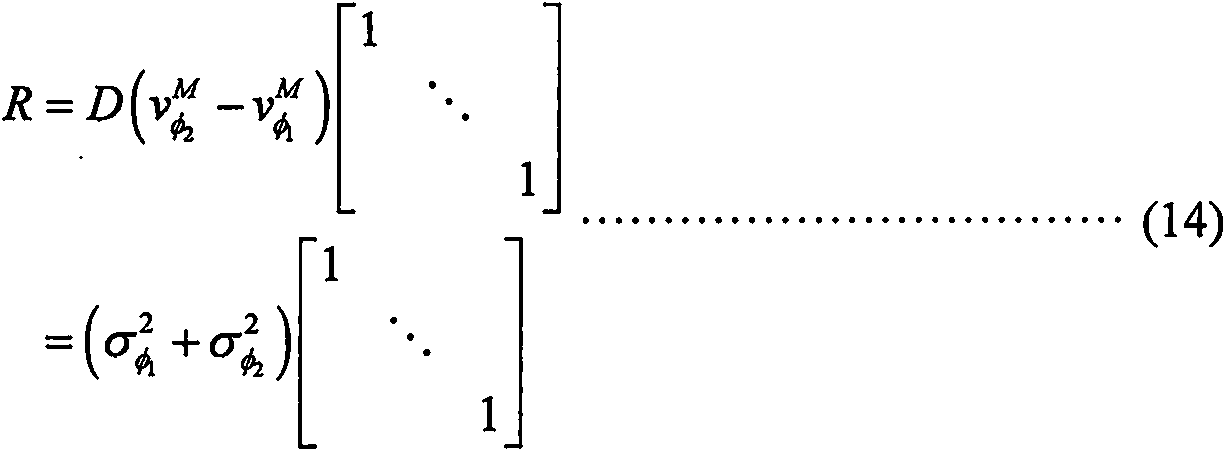Method for carrying out high-precision relative navigation based on GNSS through employing single receiver
A technology of relative navigation and receiver, applied in the field of navigation
- Summary
- Abstract
- Description
- Claims
- Application Information
AI Technical Summary
Problems solved by technology
Method used
Image
Examples
Embodiment Construction
[0082] The following will be combined with figure 1 and the technical solution further describe the specific implementation process of the present invention in detail.
[0083] Step 1: Determine the receiver position and clock error at the initial time
[0084] For the initial time, use the single-point positioning method prepared in the preparatory work to determine the initial time position and clock error. The result of utilization is to obtain the receiver position and clock error at the initial time.
[0085] This step corresponds to the attached figure 1 The first box in .
[0086] Step 2: Find the publicly visible satellites between the current epoch and the previous epoch
[0087] Find the satellites that were also searched at the previous time among the visible satellites searched at the current epoch, and write down the identification number of the satellites for future use. The number of public satellites is represented by n.
[0088] This step corresponds to t...
PUM
 Login to View More
Login to View More Abstract
Description
Claims
Application Information
 Login to View More
Login to View More - R&D
- Intellectual Property
- Life Sciences
- Materials
- Tech Scout
- Unparalleled Data Quality
- Higher Quality Content
- 60% Fewer Hallucinations
Browse by: Latest US Patents, China's latest patents, Technical Efficacy Thesaurus, Application Domain, Technology Topic, Popular Technical Reports.
© 2025 PatSnap. All rights reserved.Legal|Privacy policy|Modern Slavery Act Transparency Statement|Sitemap|About US| Contact US: help@patsnap.com



